Fin DAC is set to unveil his latest show, featuring half-and-half portraits that blend his unique style with the iconic aesthetics of influential artists like Yayoi Kusama, Pablo Picasso and Jean-Michel Basquiat.
David Bowie once said: "The only art I'll ever study is stuff that I can steal from."
It’s a cheeky quip, but there’s a grain of truth to it: all art borrows, bends, and blends. And no one’s owning this notion better right now than Fin DAC.
While many creatives try to sneak in their influences and hope no one notices, the Cork-born, London-based artist is putting them front and centre in his latest project, HomEage.
The series features striking "half-and-half portraits", fusing his signature aesthetic with that of the legends who have shaped him, from the likes of Pablo Picasso, Andy Warhol to Frida Kahlo and Sex Pistols artist Jamie Reid.
"The artwork is split down the middle, with the second half repainted in the style of another artist. It looks like two different versions or personalities of the same character," explained DAC from his studio in Mile End, London.
He added: "With this project, there’s no hiding - it's all out there. It’s meant to celebrate those influences and those artists."
Renowned for his larger-than-life outdoor street murals that can be found all over the world, HomEage marks DAC's first solo show since 2021, and is being held in at London’s St Martins Lane crypt gallery on 25 and 26 October.
The project is also available in book form from the West Contemporary Editions website.
Euronews Culture sat down with DAC before the show's unveiling to discuss everything from his journey to becoming a full-time artist at 40, the impact of AI in the art world, and his creative process for creating gigantic murals.
Euronews Culture: How did you become a full-time artist?
Fin DAC: My career as an artist started super late, when I was around 40. I had just come out of a fairly stressful relationship, and I essentially wanted something to take my mind off what I was going through at the time. I used to draw as a child, and I have memories of being alone in my room, completely content just doing that.
So I thought, okay, if I start to draw and paint, that might give me that kind of meditation or therapy. And it’s true - it silences the world completely. Painting seemed like an easy route to take. Even if I didn’t become a full-time artist, it didn’t matter. I was content in my job as a web designer and developer at the time. But once I really got into painting, it snowballed quickly; I became a full-time artist within 2 or 3 years.
Tell us more about your latest project 'HomEage'.
It’s essentially about split personalities. The artwork is split down the middle, with the second half repainted in the style of another artist. It looks like two different versions or personalities of the same character.
It started as an interim project back in 2020 during the first pandemic lockdown in California. Being away from home and not seeing my family made me think a lot about home. The first four pieces I created focused on artists who inspired me and were my favorites.
Once those were done, I found the process so interesting that I kept going over the last few years. The second batch of four focused specifically on New York artists from the 1980s, like Warhol, Basquiat, and Haring - everyone knows their names, even if you’re not into art. I kept adding more and more names to the list.
Many artists pretend they’ve come up with everything themselves, but nobody does that anymore. Everybody takes influence from somewhere; it’s just about how well you can hide where those influences come from. With this project, there’s no hiding - it's all out there. It’s meant to celebrate those influences and those artists.
I wanted to see if I could incorporate both our styles in some magical way. I’m not sure I succeeded, but I gave myself the opportunity to learn.
The show is being presented in an underground crypt. What’s the significance of that?
That decision was made by West Contemporary, who are hosting the exhibition. We wanted to find an old venue with a history because this is an art history project at its essence. We aimed to find a location that fed into the concept of history and the idea that this old building is now being reused for something completely different from its original purpose. It’s taking on another character, which is essentially what I’m doing with the artworks - creating another character.
What do you hope audiences take from this exhibition?
Honestly, I don’t know. We’re really doing the exhibition just so people can view the works. The way I’ve run my career would be considered at odds with how most artists approach theirs. I’m not particularly interested in doing shows or in gallery representation. I don’t care about being shown at Basel or Frieze Art Fair; it’s just not on my list of priorities. If it happens, great, but essentially everything I do is according to how I want to do it, and hopefully, people will follow along for the ride.
You’re renowned for your large-scale murals. How has it been focusing on smaller-scale canvases and paper?
Honestly, the bigger pieces are easier. When painting a piece for a gallery, I know someone is going to get very close to it, so I have to be much more of a perfectionist compared to a wall mural. Generally, with a wall, people aren’t looking at the details; they’re impressed by the whole thing. They’ll take a photo, post it on Instagram, and that’s enough for them. Once you get over the technical aspect of scaling the image up, which street artists have mastered over the years, I find it easier and much more enjoyable.
How would you describe your style and the aesthetics of your work?
I call it "urban aesthetics," which is more of a label. This term originates from a group of creatives in the early 20th century who believed that art and design should focus solely on beauty rather than socio-political commentary. When I began painting, most of the surrounding work had a Banksy-esque style - socio-political commentary, political jokes, and so on. I didn’t want my work to be that way. When I learned about the aesthetics movement, their motto resonated with me because I want my art to focus on portraiture and beauty, depicting women as they might have been represented throughout art history.
The mask is a recurring theme in your work. What's its significance?
I can’t tell you that. Or I’d have to kill you...
No, there are only two people in the world who know the true meaning of the mask. The shape of it relates to superhero themes and hidden identities, but the elements of the mask have specific meanings that I don’t reveal. All art should be open to interpretation. If there’s a mystery and you can’t find out the answer, it remains intriguing. Once the answer is revealed, it loses interest and people move on.
How do you actually execute these massive murals. Could you walk me through the process, from the idea to the final execution?
I like to work in environments where I can adapt the building to the art or vice versa, using architectural elements to inform my design. However, those projects are quite difficult to find. In terms of concepting, I prefer not to plan before arriving at the location because I want the environment and light to influence what I'm creating.
In terms of execution, different artists have their methods, but I use a technique called the squiggle method. I learned it from an Australian artist named RONE, who suggested it would really help improve my work. The squiggle method involves painting random lines, smiley faces, letters, and numbers all over the wall, then taking a photograph. I import that image into Photoshop or another app and overlay the image I want to paint, using those chaotic lines as a sort of distorted grid to map out where, in my case, the portrait will go. When working on a 200-foot tall wall, you can't guarantee that your lines will remain parallel or horizontal. By using the squiggle grid, I can reference features like a nose, knowing its relationship to nearby elements.
For example, I can pinpoint where the nostril goes because it aligns with a specific mark. If I had a traditional grid, the entire nose might fit within one square, but I wouldn't have anything to connect the nostrils to smaller features. This method is clever and works perfectly every time.
What's the largest mural you've done to date?
I think the largest was a portrait of Frida Kahlo that I painted in Guadalajara, probably in 2018 or 2019. It's about 200 feet tall. What I love about it is that when you photograph the wall and cut out the background - like the buildings and skyline - it looks like it could be a piece on canvas.
What motivates you to create such large-scale outdoor murals?
The notion of large scale is secondary. When I started, I was painting small pieces in London; it’s about presenting your work differently than in a gallery. Many people feel uncomfortable in galleries and museums, often thinking they must buy something if they go. When you present art publicly, you’re open to the public's reactions, which can be good or bad. You have to accept that.
I enjoy being out in public. I spent a lot of the last four years doing studio work, and while I don’t miss painting, I definitely miss traveling. Painting murals allowed me to travel to New Zealand, Australia, the US, and Japan, places where culturally you're going to find something different, however extreme that difference would be. You're also going to meet people who have different sensibilities to you because every single person who grows up in a country somehow has their personality morphed or molded by the country that they live in. What seems normal in England might not be the same in America.
With street art, every artist has the same opportunity to showcase their work. For many it’s just about overcoming the fear of putting their art on the wall and the potential for negative reactions.
What are your thoughts on the emergence of AI in the art world?
For me, AI is just a tool. Some people will embrace it, others won't. Some claim it’s the end of the world for art, while others don’t. In the film industry, they said special effects would ruin it, but look at the highest-grossing films since their introduction. I think we have bigger issues to worry about in terms of AI, like warfare and global impacts. I’m neither for nor against AI; and I'm not concerned about its effect on my work.
I have a specific brand, and while one might assume it could be easily replicated, I’m not worried. As an artist, if you’re not evolving, you’ll inevitably face copycats, whether they're using AI or not. It’s just the nature of art.
What are you most proud of in your career so far?
I've said this before - but just being an artist. I didn't start until I was 40 because I convinced myself that I had nothing to say or offer. You know, when you're growing up and you tell people you want to be an artist, the majority will say you need to get a real job.
But what could be more real than doing something you love? Not only making money from it but also affecting people positively, hopefully. I had to overcome a lot of mental negativity. I had persuaded myself that I couldn't be an artist. The reason I became one was that I was in such a low place in my life that none of the negative chatter in my head mattered anymore.
I wanted to paint just to get some form of calmness in my life. And it worked!
HomEage, hosted by West Contemporary Art, is being held in at London’s St Martins Lane crypt gallery on 25 and 26 October.

 5 months ago
61
5 months ago
61
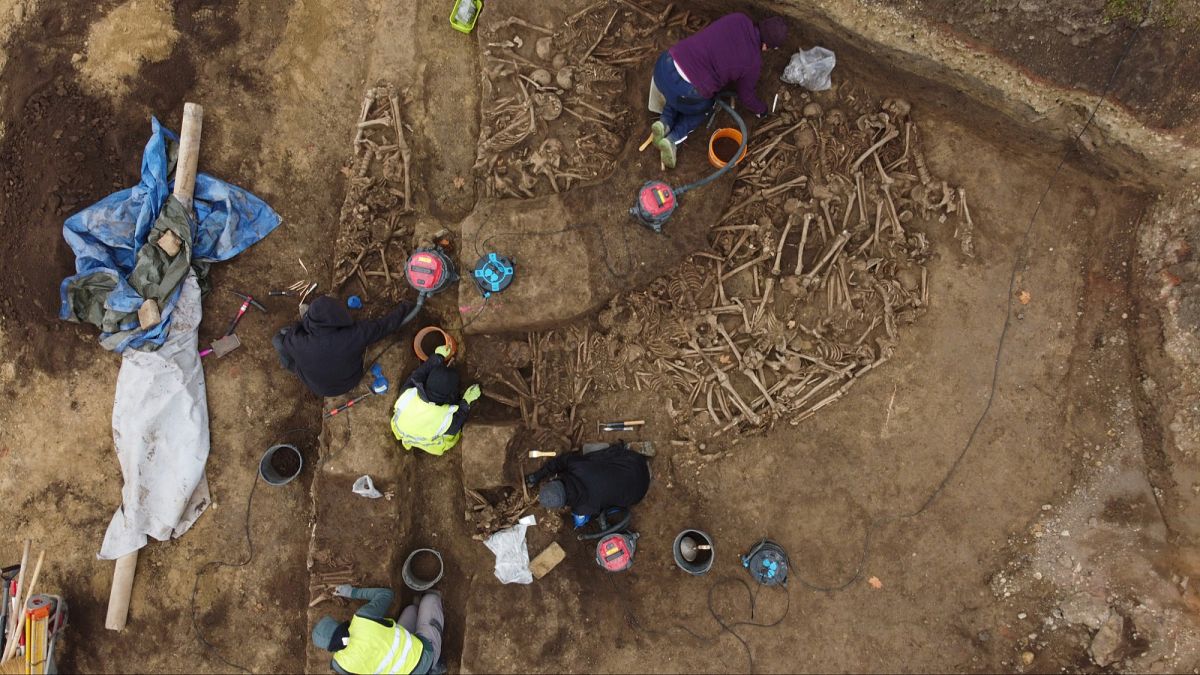
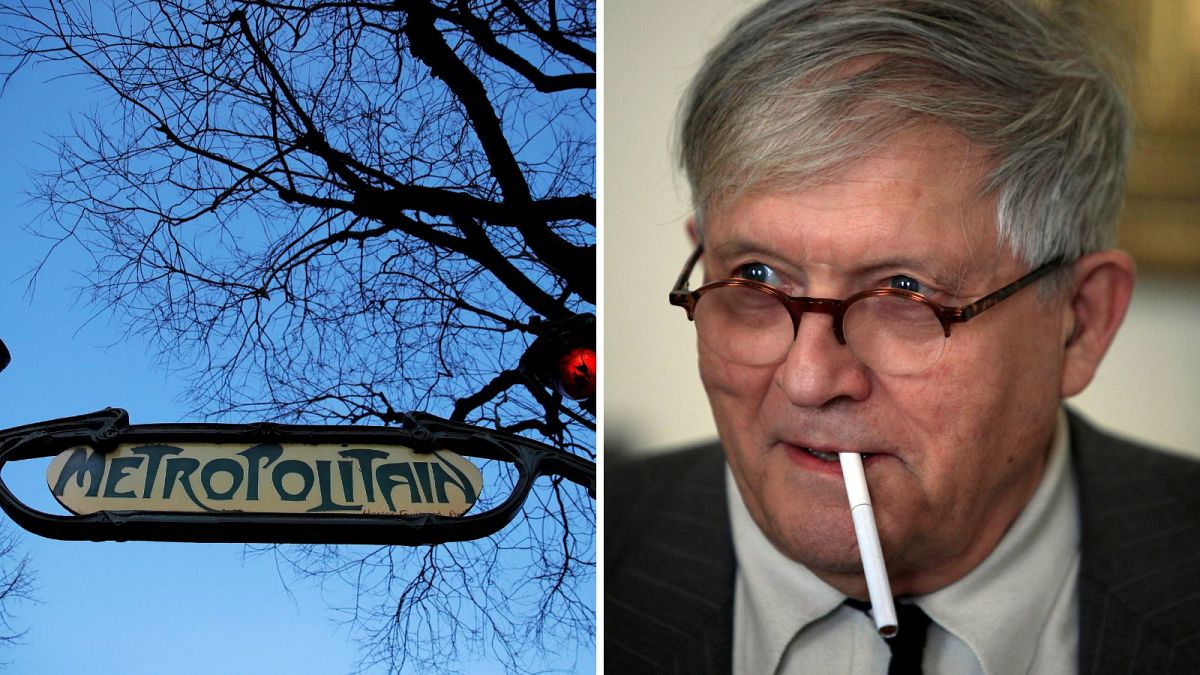
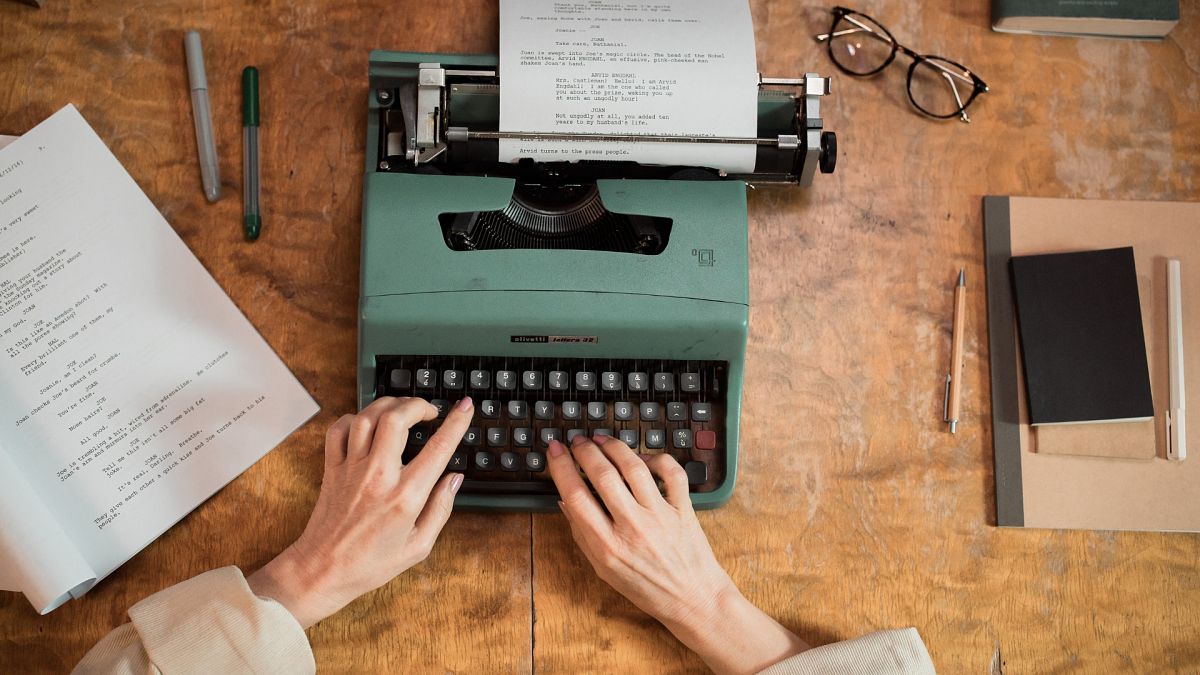
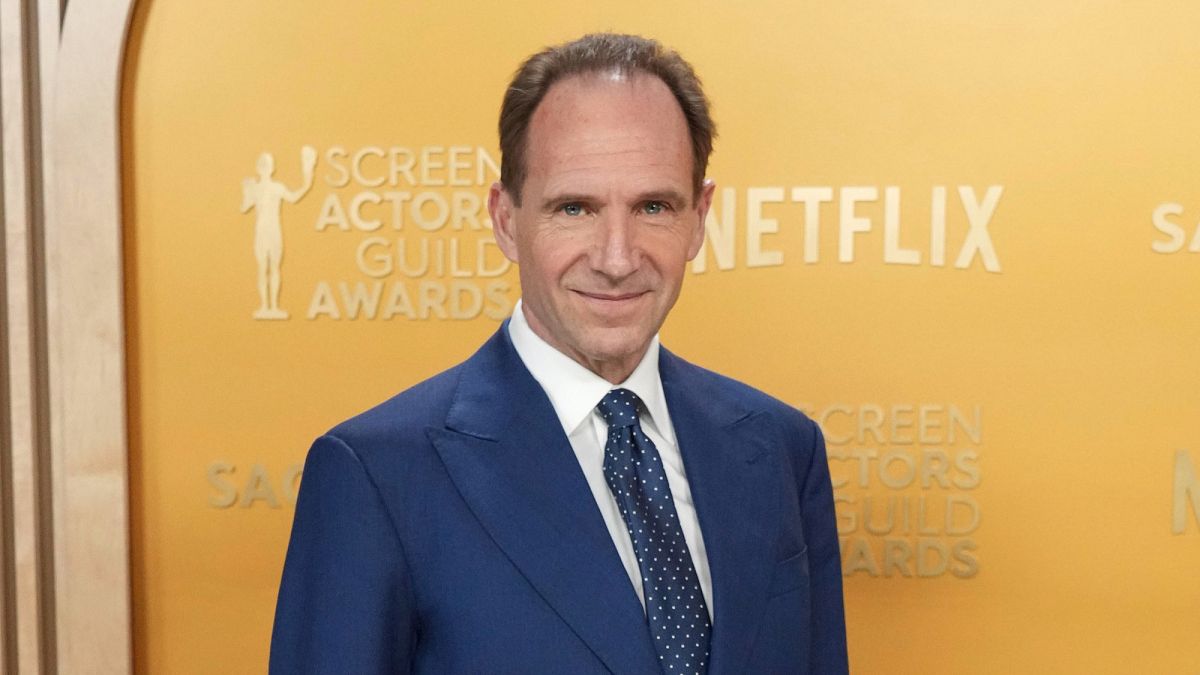
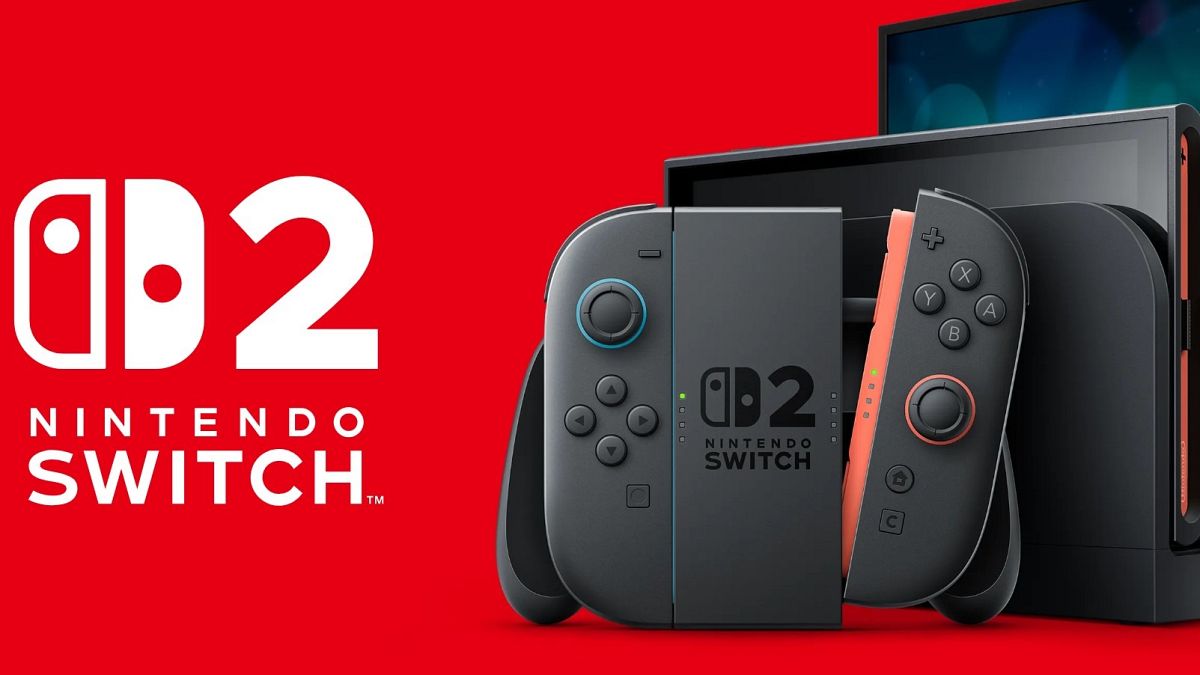
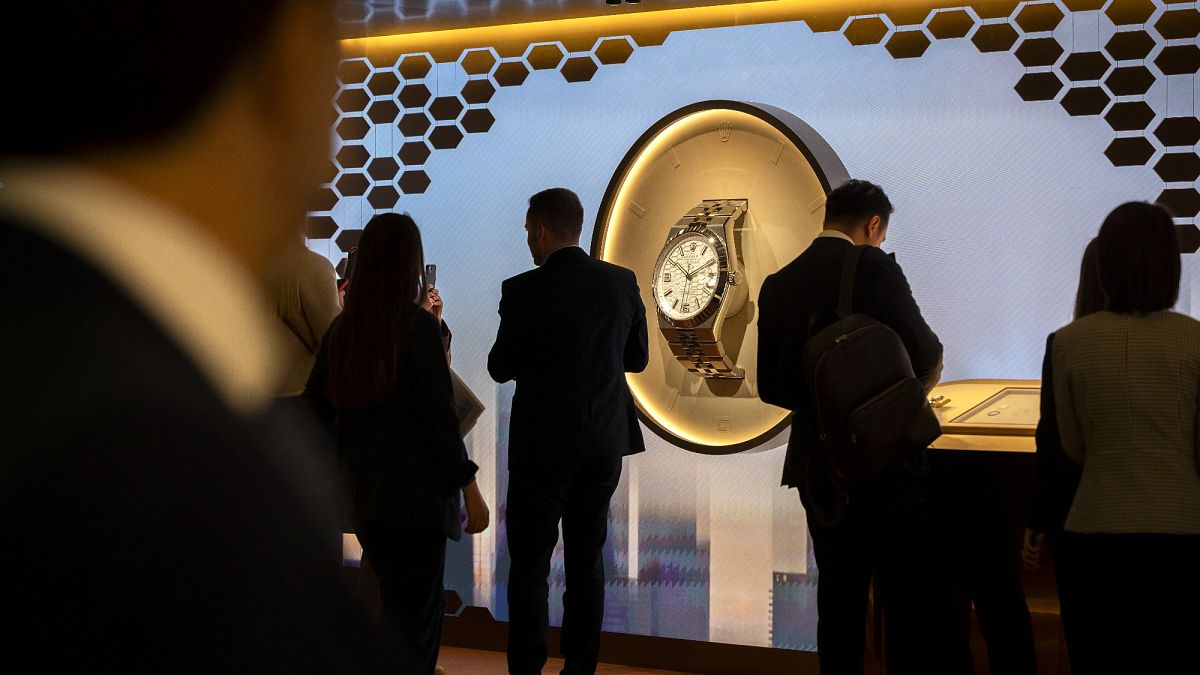
 We deliver critical software at unparalleled value and speed to help your business thrive
We deliver critical software at unparalleled value and speed to help your business thrive






 English (US) ·
English (US) ·